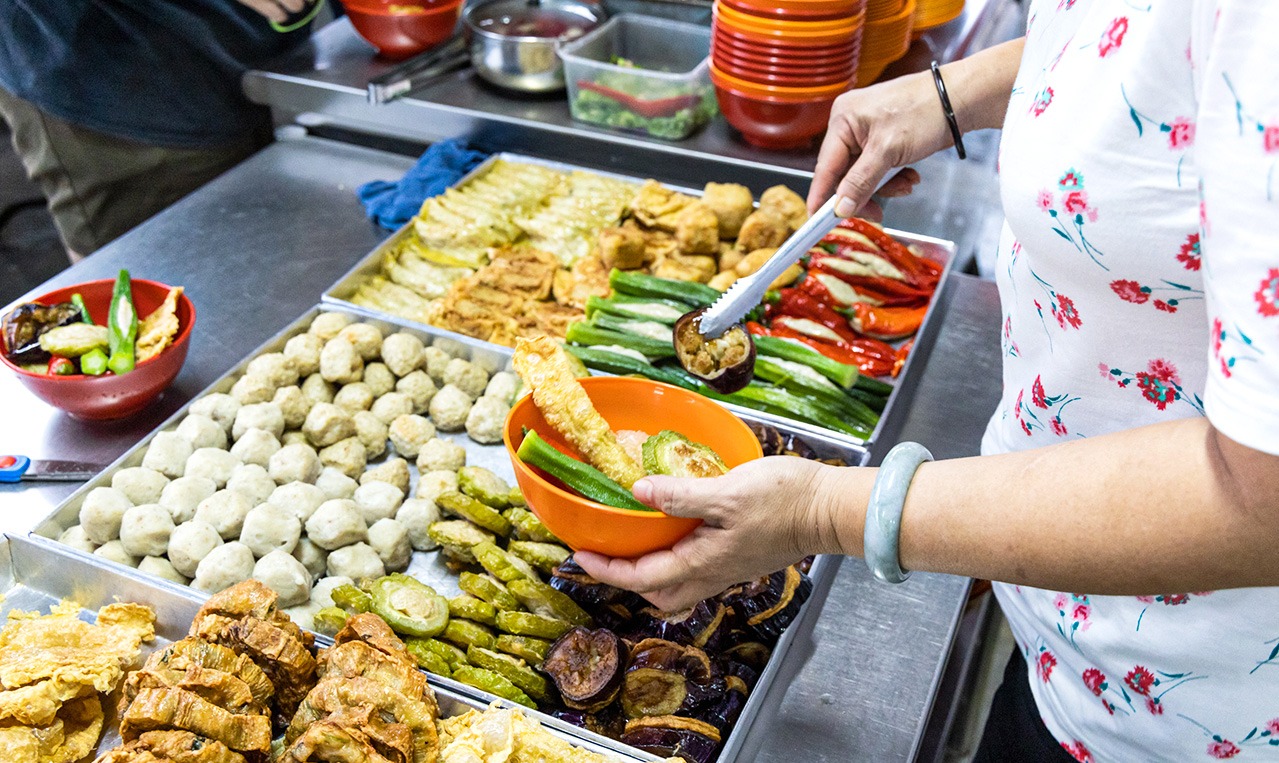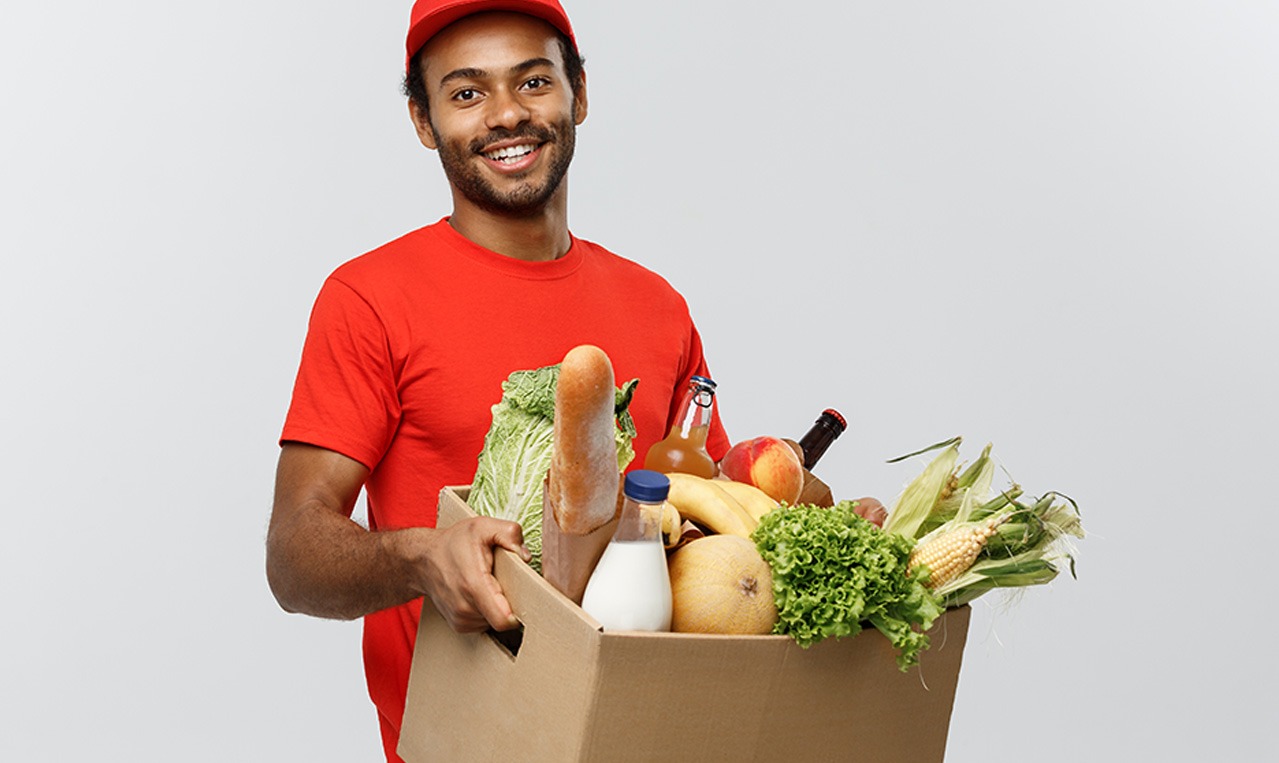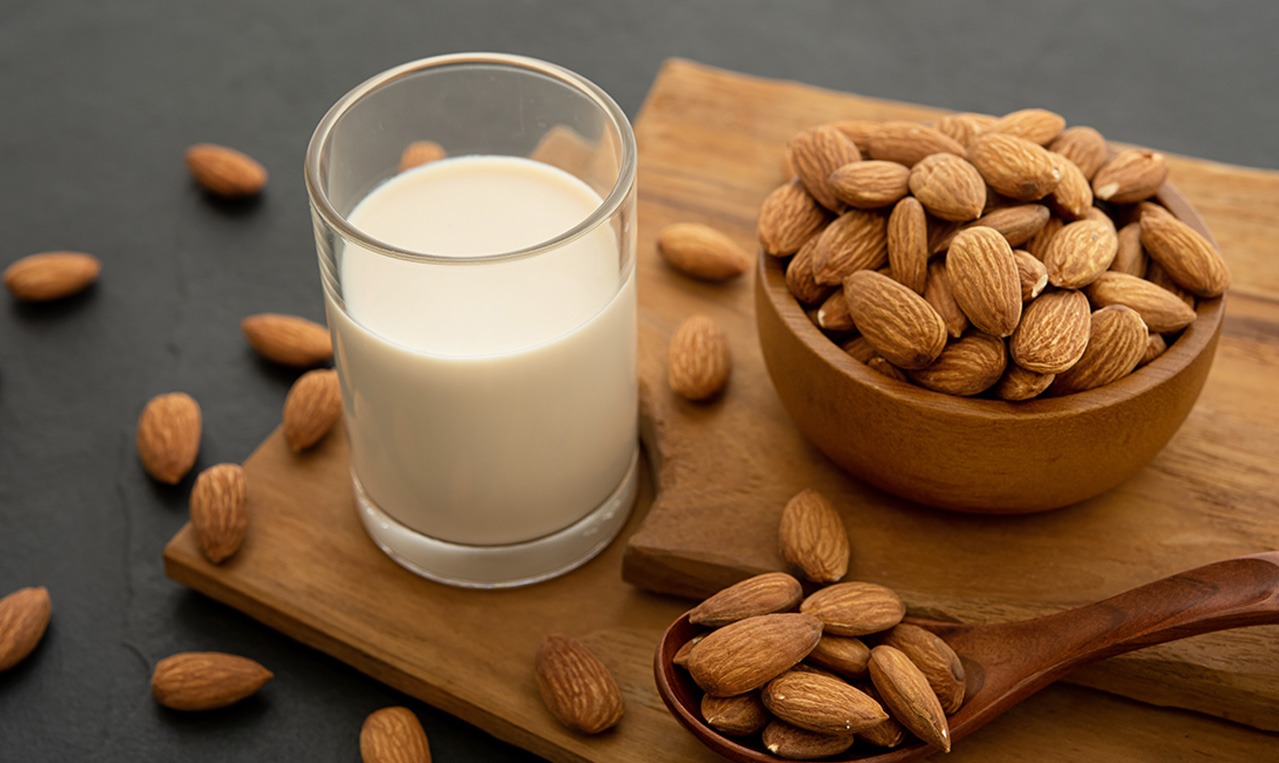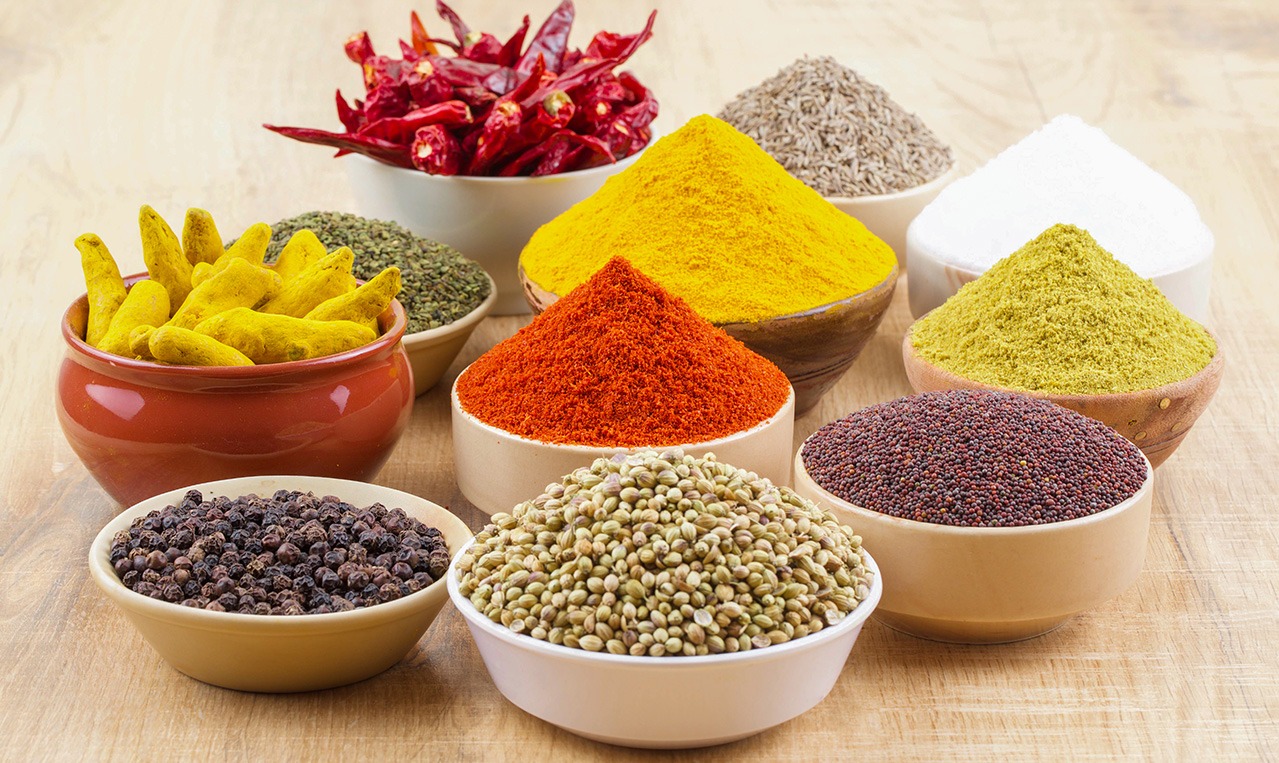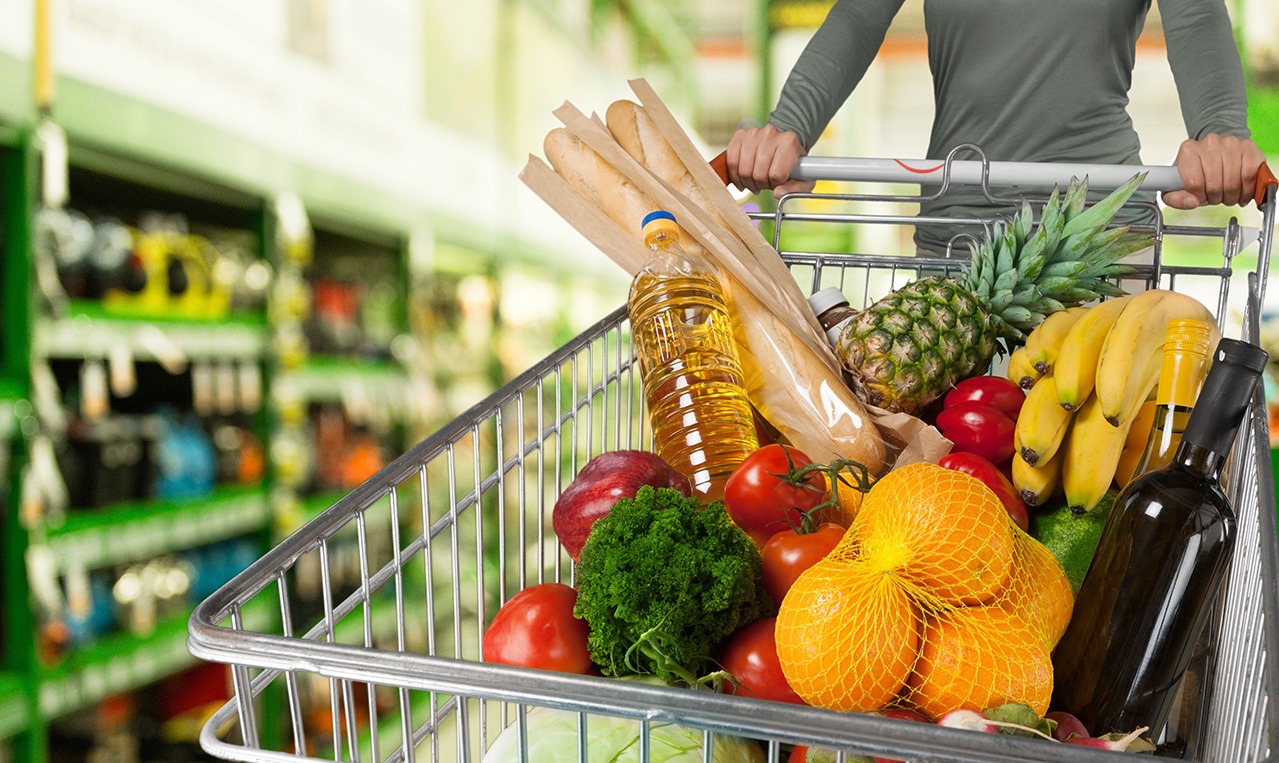The Heart of Convenience: Navigating the Modern Grocery Store
Introduction
Grocery stores have long been the cornerstone of our food-shopping experience. These bustling hubs of commerce play a crucial role in providing us with the essentials of daily life. Over the years, grocery stores have evolved, adapting to changing consumer preferences, technological advancements, and environmental concerns. In this article, we will explore the modern grocery store, its various sections, the evolving shopping experience, and the sustainability efforts shaping the future of groceries online chennai.
Section 1: The Grocery Store Landscape
1.1 The Neighborhood Market
Grocery stores have historically been neighborhood institutions, providing a convenient one-stop-shop for fresh produce, packaged goods, household items, and more. They are designed to cater to the daily needs of local communities, fostering a sense of belonging.
1.2 Supermarkets
The concept of supermarkets revolutionized the grocery industry in the mid-20th century. These larger stores offered a broader range of products and introduced self-service shopping, which allowed customers to select and bag their items independently. Supermarkets marked a significant shift toward convenience and affordability.
1.3 Hypermarkets and Mega Stores
Hypermarkets and mega stores take the supermarket concept to the next level. They combine groceries with various other departments, including clothing, electronics, and household goods. These colossal stores offer an extensive selection and often cater to a diverse customer base.
Section 2: Sections of a Modern Grocery Store
2.1 Fresh Produce Section
The fresh produce section is a staple of any groceries home delivery Chennai . Here, customers can find a variety of fruits, vegetables, and herbs. Many stores now prioritize sourcing local and organic produce, providing options for health-conscious and environmentally aware consumers.
2.2 Bakery
The bakery section entices shoppers with the smell of freshly baked bread, pastries, and desserts. It offers a wide array of artisanal and specialty baked goods, catering to diverse tastes and dietary preferences.
2.3 Deli and Prepared Foods
The deli and prepared foods section offers convenience for busy individuals and families. It features ready-to-eat meals, sandwiches, salads, and a variety of cheeses and cold cuts. The trend toward healthier options and international cuisine has expanded this section’s offerings.
2.4 Meat and Seafood
The meat and seafood section provides a range of proteins, including poultry, beef, pork, and seafood. Many modern grocery stores now emphasize responsible sourcing, organic options, and sustainable seafood choices.
2.5 Dairy and Dairy Alternatives
The dairy section includes milk, cheese, yogurt, and butter. With the growing interest in plant-based diets, stores also offer an expanding selection of dairy alternatives made from soy, almond, coconut, and other non-dairy sources.
2.6 Frozen Foods
Frozen food sections offer convenience and extended shelf life. Customers can find frozen fruits, vegetables, prepared meals, ice cream, and much more. This section continues to evolve with a focus on healthier and organic frozen options.
2.7 Aisles: Canned Goods, Dry Goods, and Beverages
The aisles are the backbone of the grocery store, housing canned goods, dry goods, and beverages. Shoppers can find staples like rice, pasta, canned vegetables, soups, and an assortment of beverages, including soft drinks, juices, and alcoholic beverages.
2.8 Health and Wellness
The health and wellness section features vitamins, supplements, organic products, and dietary aids. As consumers increasingly prioritize their well-being, this section has grown to include natural and organic alternatives to traditional items.
2.9 Household and Cleaning
In addition to groceries, many stores offer a wide range of household and cleaning products. This includes everything from cleaning supplies and paper products to pet food and toiletries.
Section 3: The Evolving Shopping Experience
3.1 E-commerce Integration
The advent of e-commerce has led to the integration of online and in-store shopping experiences. Many grocery stores now offer online ordering and delivery services, allowing customers to shop from the comfort of their homes.
3.2 Loyalty Programs and Digital Coupons
Grocery stores have adopted loyalty programs and digital coupon apps to enhance customer engagement and provide savings to shoppers. These programs offer personalized discounts and rewards based on shopping habits.
3.3 Technology and Self-Checkout
Technological advancements, such as self-checkout kiosks and mobile payment options, have streamlined the checkout process, reducing wait times and improving efficiency.
3.4 Sustainability Initiatives
Grocery stores are increasingly focusing on sustainability. This includes efforts to reduce plastic packaging, offer bulk bins for zero-waste shopping, and support eco-friendly and local products.
3.5 Nutrition and Health Education
Some grocery stores now offer nutrition and health education programs to help customers make informed choices about their diets. These programs often include cooking classes, dietitian consultations, and wellness workshops.
Section 4: Sustainability in Grocery Shopping
4.1 Reducing Food Waste
Grocery stores are taking steps to reduce food waste by donating surplus food to charities, selling imperfect produce, and implementing efficient inventory management systems.
4.2 Sustainable Sourcing
Many stores are prioritizing sustainable sourcing practices, including responsibly sourced seafood, fair trade products, and partnerships with local farmers and artisans.
4.3 Eco-Friendly Packaging
To address the issue of plastic waste, grocery stores are adopting eco-friendly packaging options such as reusable bags, compostable packaging, and the promotion of reusable containers for bulk items.
4.4 Energy Efficiency
Stores are also investing in energy-efficient lighting, refrigeration systems, and heating and cooling to reduce their environmental impact.
Section 5: Future Trends
5.1 Personalized Shopping
The future of grocery shopping may involve personalized experiences, with stores using data and AI to recommend products tailored to individual preferences and dietary needs.
5.2 Automation and Robotics
Automation and robotics are expected to play a larger role in inventory management, restocking, and even customer assistance within grocery stores.
5.3 Sustainable Transportation
Stores are exploring greener transportation options for delivering groceries, such as electric delivery vehicles and bike couriers.
5.4 Local and Urban Farming
Grocery stores may integrate urban farming solutions to grow some of their produce locally, reducing the carbon footprint associated with long-distance transportation.
Conclusion
The modern order groceries online chennai is more than just a place to buy food; it’s a reflection of our changing lifestyles, values, and priorities. From the neighborhood market to the hypermarket, these stores continue to adapt and evolve to meet the needs of their diverse customer base. With a focus on sustainability, technology integration, and a commitment to providing fresh, healthy choices, the grocery store remains a vital part of our daily lives, shaping the way we eat, shop, and interact with our communities.
What services app is used to have groceries delivered to your home? In the bustling city of Chennai, where life Read more
Introduction : In the bustling metropolis of Chennai, the way residents shop for groceries has undergone a remarkable transformation in Read more




